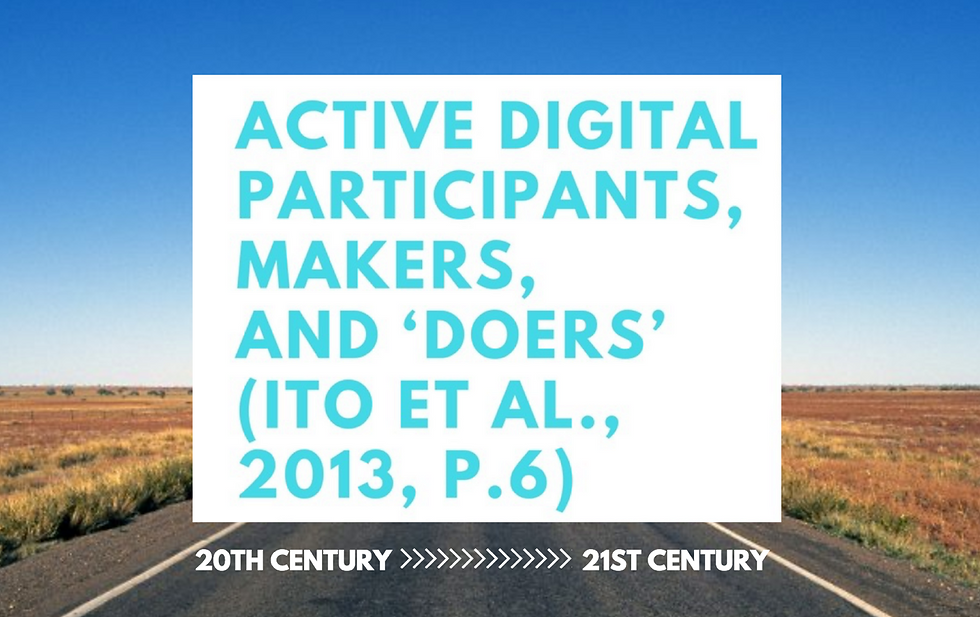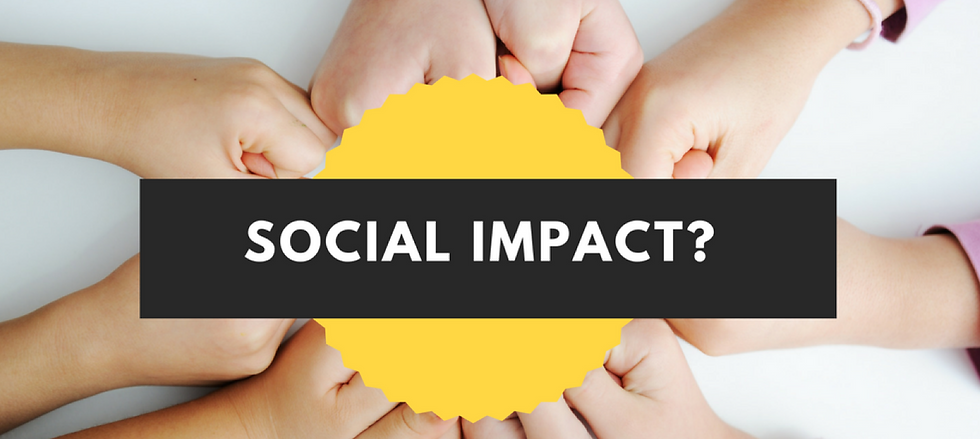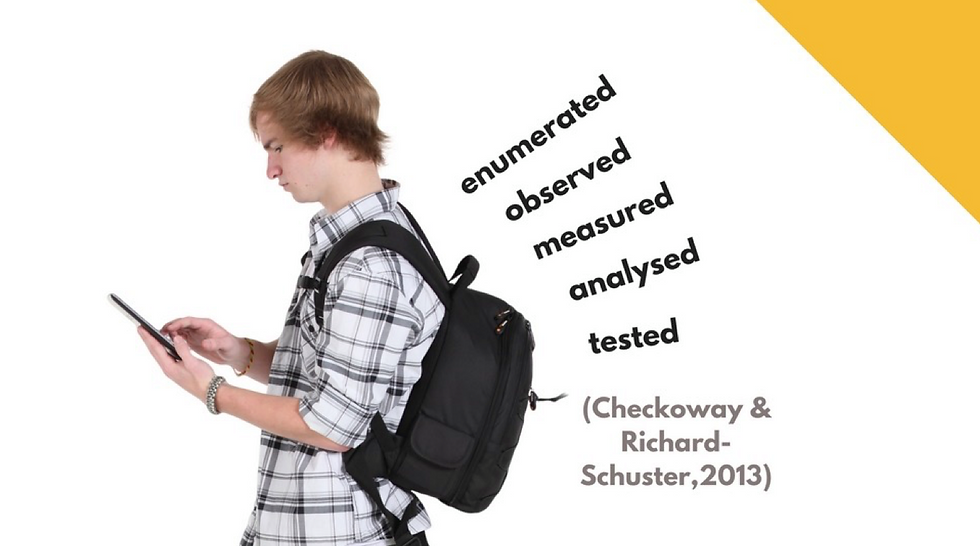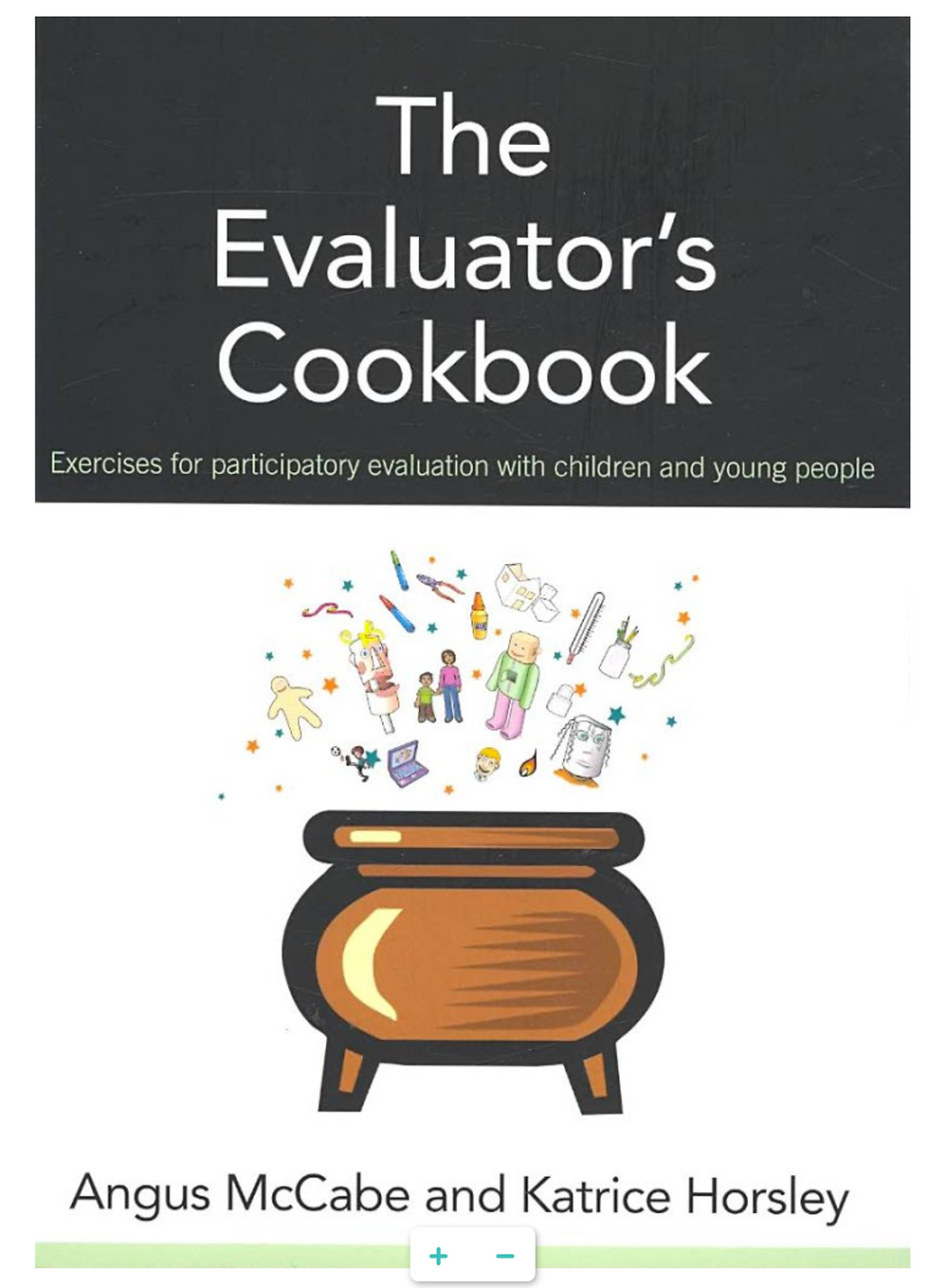British HCI 2017 // Short Paper: Evaluating the social impact of youth digital culture co-creation:
- Alicja Pawluczuk
- Jul 21, 2017
- 4 min read
What can be done to improve the ways we measure social impact of youth-led digital projects? Let's play, and invite young people to the evaluation process. In this blog post , I'm reflecting on my recent paper presentation at the British Human Computer Interactions conference, which took place at the University of Sunderland in July 2017.
British HCI 2017 presentation provided me with an opportunity to highlight my research aims, and to outline my personal motivations behind my research work. Having worked as a digital youth practitioner for a number of years, I’m very passionate about my possible knowledge contribution to this particular field. My doctoral study at Edinburgh Napier University explores the active roles of young people in co-creation of digital culture. I’m interested in ways we (both academics and practitioners) perceive social impact of youth digital participatory projects.
What are the tools currently used to evaluate digital initiatives involving young people? Are there are any challenges in this area? These are just some of my research questions.
In my short paper titled “Evaluating the social impact of youth digital culture co-creation: let’s participate and play”, I discuss the way digital youth is currently examined in the literature.

For example, young people are often defined as co-creators of digital culture and “innovators and drivers of new media change” (Buckingham, 2008). Using digital tools, young storytellers, artists, and activists (Adobe Youth Voivce, 2017; UNCTAD Youth Network, 2017) have contributed youth’s perspectives on issues such as global warming, equal rights and poverty.
Reflecting back on work with projects such as Fife Youth Arts Hub, Alchemy Film Festival or Scottish Travellers Education Progarmme, I could directly experience the increasing importance of digital media when working with young people. At present, many of my colleagues youth workers are continuously embracing new tools and technologies to enhance their projects.

What do we know about the social impact of digital youth?
Undoubtedly, the impacts of digital technologies have been widely debated by academics, practitioners and policy makers. Many believe that digital is the way to go. The digital culture has been described as ‘a force of liberation’ (Buckingham, 2008, p.12), saving education from its oppressive and formal environment (Black et al., 2015). While participating in digital initiatives, young people can gain new skills, co-create and share ideas (Ito et.al, 2013). Additionally, online tools can provide young people with interactive ways to share their voices and participate in society.
On the other hand, we get reports focusing on the dangers of the digital age. Sensational journalism often rely on worrying examples of online bullying, sexting and digital addictions. However, it is not just the media that highlight the dark side of the digital world. Studies suggest that that counselling support related to young people’s online activity has increased, with cyber bullying related support increasing by 13 per cent between 2014-2016, and 15 per cent increase related to sexting in years 2014-2016 (Bentley et al., 2016, p.41). Research warns that the digital media offer only a sense of “illusionary freedom and autonomy” (Herring, 2007, p.72).
Not surprisingly, making sense of these conflicting information isn’t easy for many practitioners.
While working in the industry, I would normally focus on the positive sides of digital technologies. Here, I would often get questions such as:
How can we make sure they are safe? Digital youth projects are interactive and super dynamic, how on earth can we capture or understand the impact of this type of work?
These type of questions and concerns became my key motivations behind my research.

The notion of social impact is a tricky one.
In my BHCI 2017 paper, I outline some of the tools and approaches that have been used for social impact evaluation in digital youth settings. From my literature review, I primarily identified methods such as surveys, case studies, interviews or ethnographic observations. The problem with these tools is that they often do not consider young people's participation and contribution in the evaluation process. Below, I'm briefly discussing some suggestions to make this process more meaningful and holistic, and in result provide more reflective evaluation data. You'll be able to read more about in BHCI2017 conference proceedings, which are scheduled to be published at some point in the Autumn.

Let's Play & Participate // Two considerations proposed for consideration when evaluating social impact of youth digital culture co-creation:
There are two key are for consideration that I disscus in my paper: play and participation. Firstly, my literature analysis revealed that there is a clear correlation between effective evaluation processes and participatory approaches (Lockie, 2001, p.278). Digital youth practitioners have suggested that it is essential to consider young digital participants as co-creators of the evaluation process and “ask young people what they want to learn/achieve. This will guide our evaluation/measuring success” (#NotWithoutMe, 2017).
“Playing with evaluation concepts and methods helps level the playing field so that staff and youth can begin to see evaluation as something everyone can do” (Flores, 2007, p25).
Secondly, I suggest a playful approach to evaluation. What would happen if instead of using pre-made evaluation feedback forms, we ask young participants to create their own methods to measure impact? How about drawing social impact maps, trees or roads on the walls? What if young people get to play their roles of the professional evaluators? ( or evaluation investigators, spies, doctors perhaps - I'm sure that young people would come up with more innovative social impact evaluation language!). For more info on creative evaluation techniques you can click on the images below.





Comments